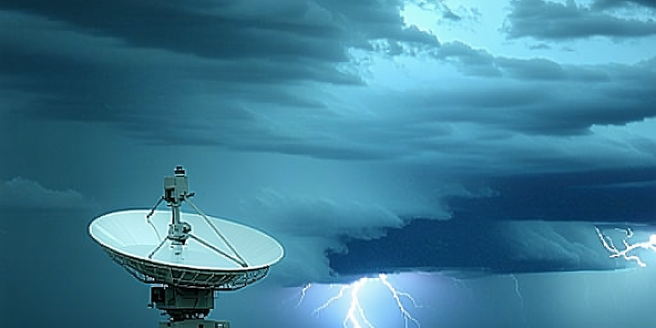
Understanding Radar Technology in Disaster Management
Radar technology plays a crucial role in disaster management by providing real-time data that enhances situational awareness. Its ability to penetrate clouds and rain makes it invaluable during storms, when other systems might fail, allowing for the tracking of storms and hurricanes. In addition, it helps in minimizing the risk of human error during emergency response. Understanding radar technology is essential for emergency services to accurately predict and respond to natural disasters. Implementing advanced radar systems enables precise monitoring of vast geographical zones, forewarning about potential catastrophes. This technology aids in resource allocation, ensuring that help reaches affected areas swiftly.
The Role of Radar in Early Warning Systems
Radar is pivotal in the development of early warning systems, offering vital alerts for impending natural disasters. Through radar, meteorologists can predict severe weather phenomena like tornadoes, hurricanes, and tsunamis well in advance. The technological advancements in radar systems have significantly improved their accuracy and reliability. This foresight is critical in providing communities with timely evacuation notices, ultimately saving lives. Radar’s ability to detect sudden weather changes ensures that warnings are broadcasted promptly, minimizing potential devastation. Timely updates and accurate forecasts made possible by radar systems enable communities to prepare adequately, reducing the impact and helping in efficient emergency response.
Radar Applications for Natural Disasters
Radar applications in natural disasters extend beyond weather monitoring to include flood prediction, earthquake detection, and volcanic activity surveillance. In flooding, radar systems gauge rainfall intensity and watercourse levels, offering insights into potential overflows. These insights are crucial for timely evacuation and disaster management efforts. Seismologists use radar techniques to study ground deformation, essential in assessing earthquake risks. For volcanic activity, radar helps in observing earth movements and eruption precursors. Advancements in radar applications have transformed how disaster response teams predict and react to natural disasters, enabling increased preparedness and reducing response times, potentially lessening the human and economic toll significantly.
Innovations in Radar Technology for Emergencies
Recent innovations in radar technology have significantly enhanced its utility for emergency scenarios. Portable radar systems now facilitate rapid deployment in disaster-hit areas, providing critical data on structural integrity and locating survivors amidst rubble. This has proven invaluable in time-sensitive rescue missions where every second counts. Mobile units equipped with radar offer adaptable solutions for varied landscapes, improving the effectiveness of search and rescue operations. Advances in AI and data analytics integrated with radar allow for intelligent forecasting models, aiding in dynamic emergency planning. Such innovations empower responders to make data-driven decisions and foster proactive measures in saving lives during crises.
Challenges and Limitations of Radar in Disasters
Despite its capabilities, radar technology faces challenges when used for disaster response. One limitation is the high cost of sophisticated radar systems, which can strain budgets. Additionally, radar systems require significant expertise to interpret data accurately, necessitating ongoing training for personnel. Furthermore, complex terrains can interfere with radar signal quality, potentially hindering data accuracy. The reliance on existing infrastructure may also restrict radar deployment in remote areas. To address these challenges, researchers are exploring new technologies to enhance radar signal processing. Addressing these limitations involves seeking cost-effective solutions, investing in education, and improving infrastructure, ensuring radar’s optimal performance in various disaster contexts.
Future Prospects of Radar in Disaster Preparedness
The future of radar in disaster preparedness is promising, with ongoing technological advancements enhancing its applicability and precision. The integration of AI and machine learning with radar systems is expected to enable more accurate predictions and automated response strategies. Furthermore, developing user-friendly interfaces will allow emergency teams to utilize radar data more effectively. Increased investment in satellite-based radar technologies will expand coverage, providing data from remote areas previously inaccessible. Moreover, international collaboration on radar technology can lead to standardized systems that improve global response efforts. As these innovations continue, radar is poised to become an even more integral part of proactive disaster management strategies worldwide.
